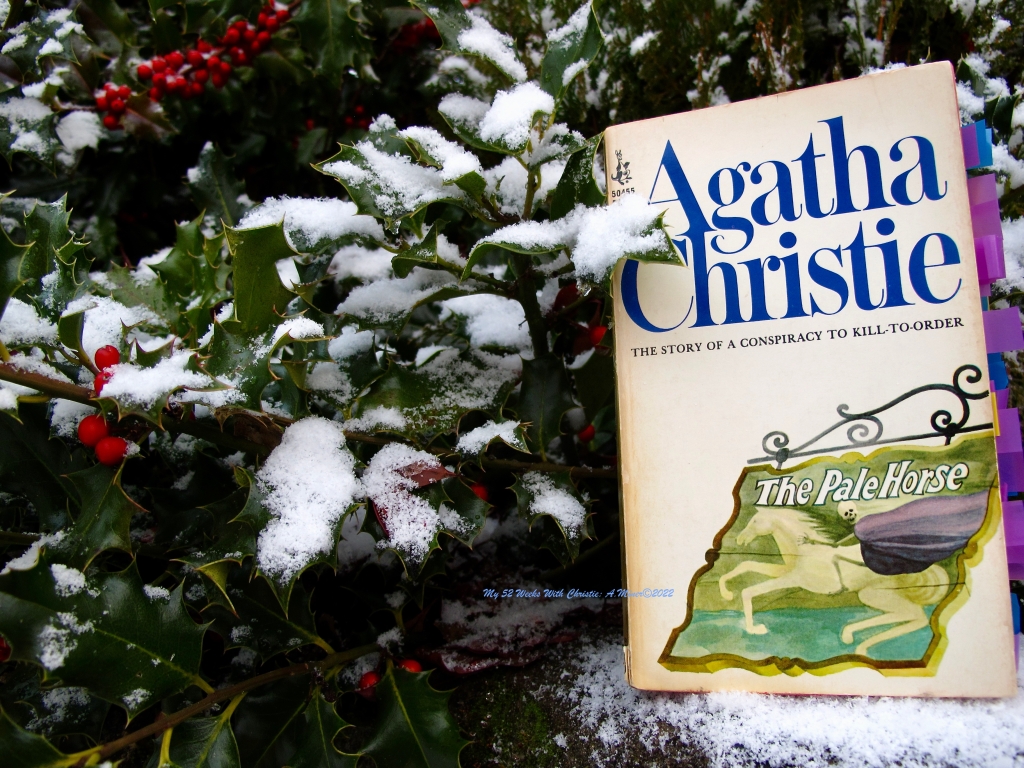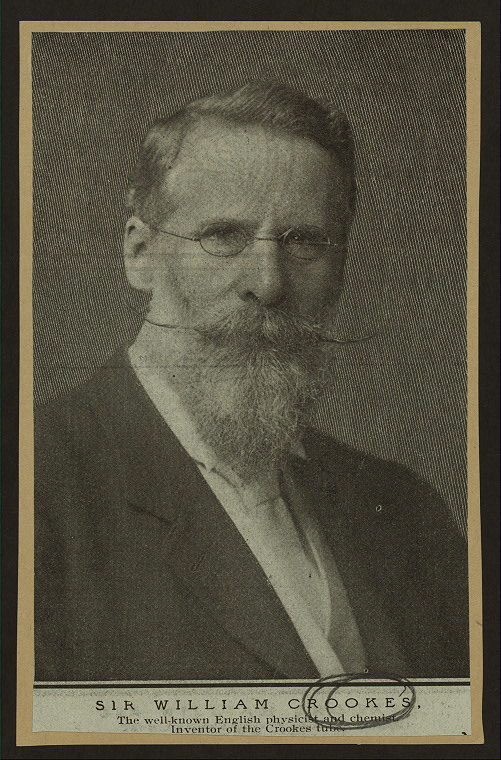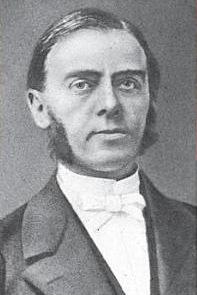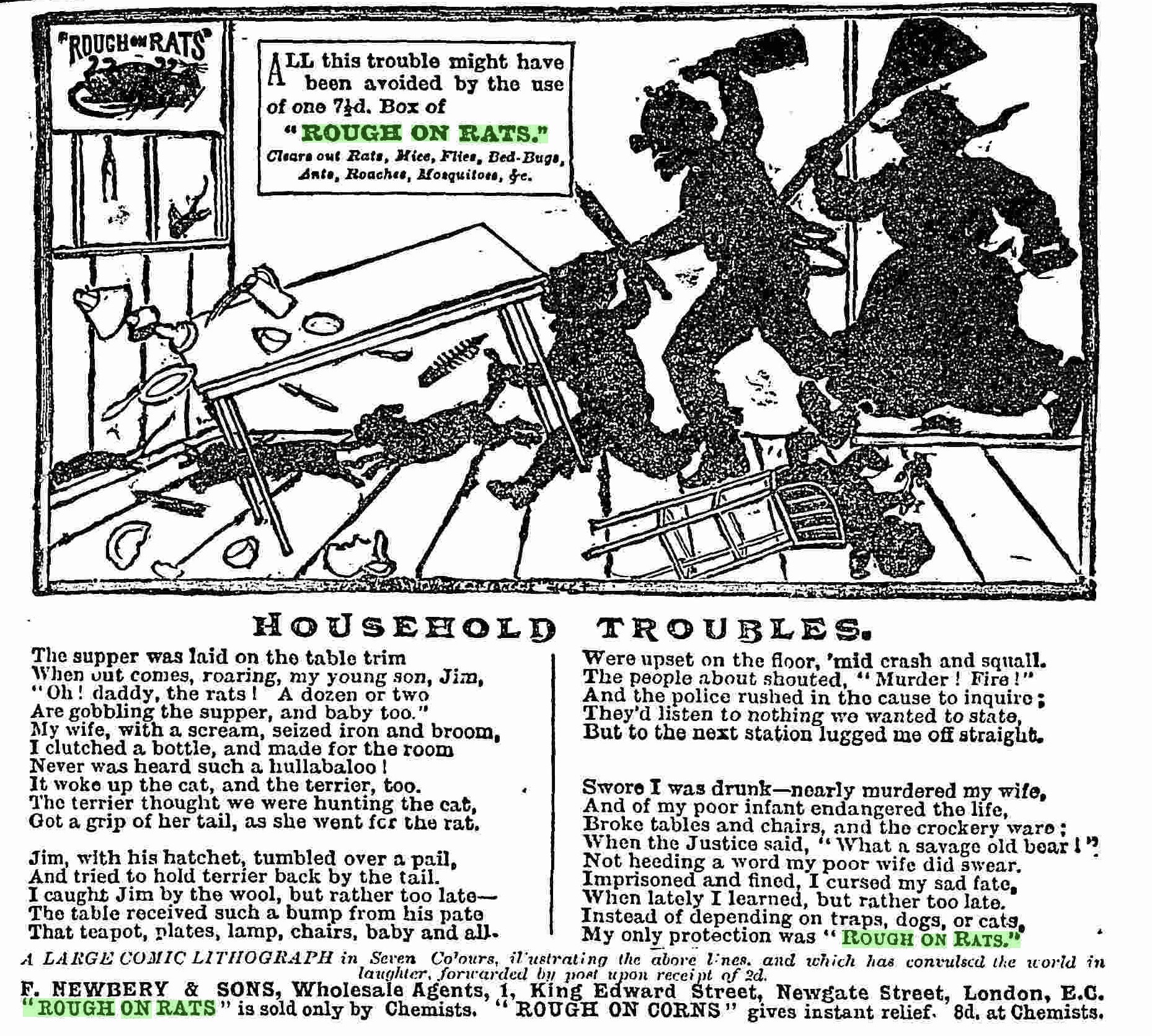
My 52 Weeks With Christie: A 2022 Revisit to The Pale Horse Part 2
In fairness to all the scientists studying Prussian Blue, uncovering its curative properties couldn’t really come about until someone discovered Thallium. A feat which finally happened….157 years after Prussian Blue’s in a moment of scientific synchronicity.
As it turned out both Sir William Cooks and Claude-Auguste Lamy independently observed, tested, and published papers about a new element in 1861. (They also presented their find, in separate demonstrations, at the Great London Expo in 1862. Which led to a massive brouhaha as Lamy was awarded a medal for the discovery and Crooks was not.) In any case, whilst Cooks got to name the new silvery-white metal (after the Greek word thallos — in honor of the bright green flame it produced when burned), Lamy holds the dubious distinction of being the first confirmed case of thallium poisoning.



(Sir William Crookes on the left — The Interior of The Great London Expo in the center — Claude Auguste Lamy on the right)
Apparently, during Lamy’s pursuit and study of the newest heavy metal on the periodic table, he began suffering lower limb pain and weakness. Theorizing thallium as the source of his health problems, Lamy set about testing his notion.
(***Trigger Warning*** I’ve no clue what Lamy had against puppies.)
Dissolving 5 grammes of thallium sulphate in milk, Lamy offered the polluted mixture to two two-month-old puppies. Who, after taking an initial drink, refused to swallow another ounce of Lamy’s lethal potion. Leaving the remainder in the yard overnight, probably hoping the puppies would lap up more poison (the jerk), Lamy went outside the following morning and discovered the dish empty.
Taking a good look around his yard, Lamy quickly determined that an adult dog, two hens, and six ducks had unexpectedly finished off the puppy’s foul brew. Over the next several hours, all the unfortunate animals, puppies included, began exhibiting signs of depression, fatigue, paralysis of lower limbs, convulsions, pain, and eventually death. When Lamy performed a necropsy on the corpses, none of the animal’s organs showed any significant signs of poison. However, when Lamy subjected the animal’s organ tissue to spectral analysis, the tell-tale vibrant green flame gave thallium’s presence away.
Wanting to make sure of his findings, Lamy gave another luckless two-month-old puppy a grain and a half of thallium sulfate. When the poor thing died forty hours later, Lamy finally felt confident enough to infer that thallium sulfate was a potent poison.
When Lamy published his findings in 1863, he made sure to tack on a warning to anyone thinking of using this easily dissolvable and nearly tasteless toxin for nefarious purposes, “…there is not a poison that can be traced with more certainty…than this.” (Cork Examiner Sept. 8, 1863; issue 4333.)
Super, so I now knew when and how people figured out you shouldn’t lick a lump of thallium. However, I still hadn’t found a link to Prussian Blue. (And BTW – The fact Lamy knew thallium sulfate is nearly tasteless makes me wonder if he didn’t do a taste test and inadvertently poison himself.)
Stymied, I decided to reread The Pale Horse. (Plus, as we didn’t have any running water or plumbers in the house for a few days, and I needed something to do.) Whereupon, thanks to my early research, another detail stuck in my craw.
Assuming Christie set The Pale Horse in and around 1961 (the book’s publication year) and Lamy had already established thallium’s lethalness back in 1863. Then why was Rhoda Despard (Mark Easterbrook’s cousin) using a thallium cream to remove a patch of hair on her dog in order to cure their case of ringworm? Especially since, over the intervening ninety-eight years, newspapers had provided ample proof that people shouldn’t have access to thallium.
Don’t believe me?
Well, amongst other infamous stories reported in the papers betwixt 1863 and 1961 there were the accidental deaths of three little boys in 1929 at St. John’s Hospital (Leicester Square) from a miscalculated dose of thallium meant to cure their case of ringworm. A few years later, in 1935, a New York father of five named Fredrick Gross was accused (and ultimately found not guilty) of murdering his wife and four of his five children with thallium-laced hot chocolate. Three years later, in 1938, Austria executed Martha Marek by guillotine for murdering her husband, daughter, aunt, and two boarders with thallium-based rat poison. Finally, there’s Australia’s infamous ‘Thallium Craze’ — which all started thanks to an infestation of rats and mice around the country (but mainly in Sydney) in the 1950s. Since no one is keen on sharing their abode with rodents, retailers stocked large quantities of thallium-based rat poison on their shelves. The easy access and perfect purchasing camouflage coupled with high profile poisoning trials of Yvonne Fletcher, Caroline Grills, Veronica Monty, and Beryl Hague — led to at least one hundred people finding themselves at the wrong end of a thallium-laced cups of tea, cakes, and cocktails.

(In fairness to Rough On Rats, it doesn’t actually contained thallium — it was an arsenic based rat poison. Which isn’t any less lethal. But I wanted to show how prevalent this style of pest control substance was back in the 1880’s with this newspaper advertisement. Plus, Rough On Rats was cited in the poisoning cases of Ceely Rose and Ada Applegate — to name just a couple of cases.)
However, none of the articles I found ever mentioned the survivors, and there were a few, being treated with Prussian Blue. Nor did Christie write about The Pale Horse’s heroine, Ginger, being treated with the stuff during her hospital stay either. And since our authoress wrote about the poison in such detail it saved a number of lives over the years — I can’t imagine she would’ve omitted its antidote.
So I did what I should’ve done in the first place, after smacking myself in the head and saying ‘Doh!’ — I googled ‘Prussian Blue AND antidote’ — whereupon I made a startling discovery.
(Now, I probably should’ve started my search with Wikipedia. However, armed with a newly minted library e-card, I was fully committed to the newspaper/scientific paper/government org rabbit hole in which I’d already leapt and didn’t think of it….Plus, my hyper-focus search allowed me to block out the apocalyptic sounds emanating from under the house.)
The FDA didn’t approve Prussian Blue as a treatment for thallium poisoning until 2008, and the World Health Organization only added it to its Essential Medicines list in 1999. Switching back to the Library’s digital database, I found a number of helpful research papers corroborating and elaborating upon the aforementioned info.
I also learned Prussian Blue is an antidote for Cesium-137 poisoning as well…and this little tidbit cracked the informational floodgates wide open. (Thankfully, my kitchen floor remained dry….which is more than can be said about the bathroom’s.)
A.Miner©2022
You must be logged in to post a comment.